Products are selected by our editors, we may earn commission from links on this page.
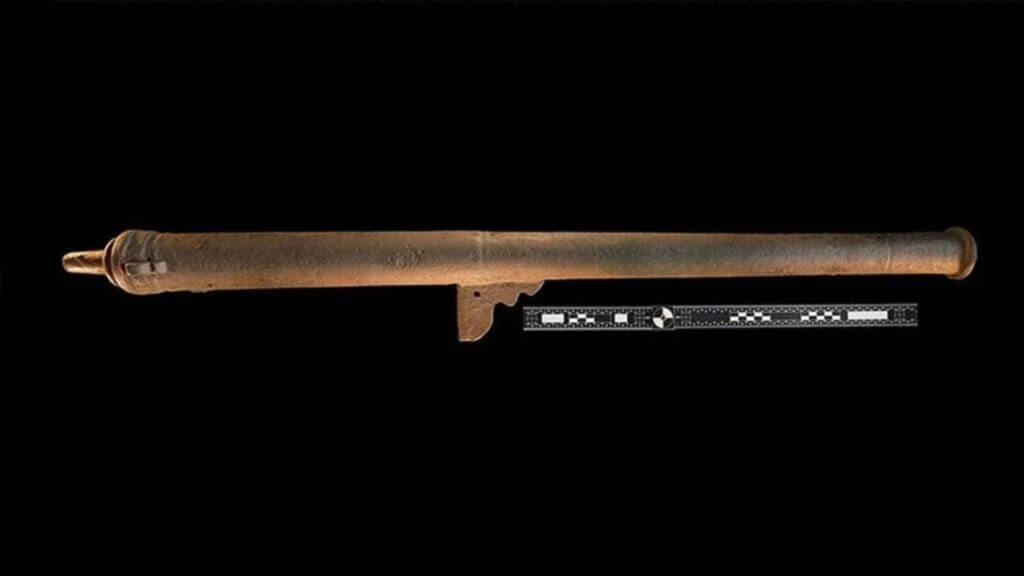
Archaeologists in Arizona have announced the unexpected discovery of what may be the oldest gun ever found in the United States. The artifact was unearthed in a Spanish stone structure in the San Geronimo III site near Nogales.
Gun Type
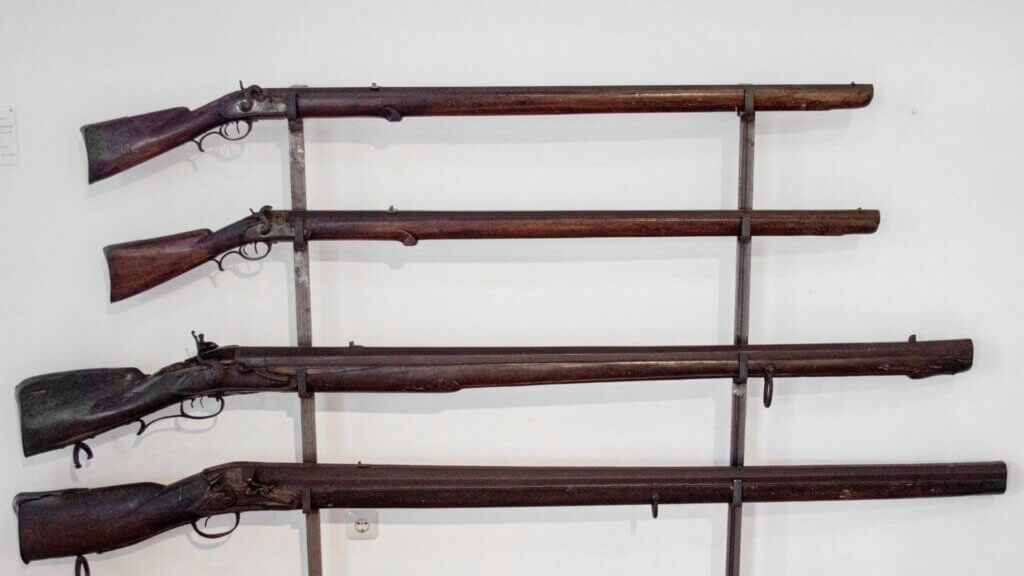
The firearm is a wall gun, which is a heavy gun that is fired from a mount on a wall becasue it is too heavy to be shot form teh shoulder. It weighs about 40 pounds and measures 42 inches in length, making it no ordinary weapon. Experts believe it would have required significant manpower or a bracket to use effectively.
Historical Context

Researchers link the gun to the Coronado expedition (1539–1542), when Spanish explorers ventured through the American Southwest. The gun was likely manufactured in Mexico or the Caribbean and then traveled to established outposts. The San Geronimo III settlement was a short-lived colonial attempt in what is now southern Arizona.
Dating Evidence
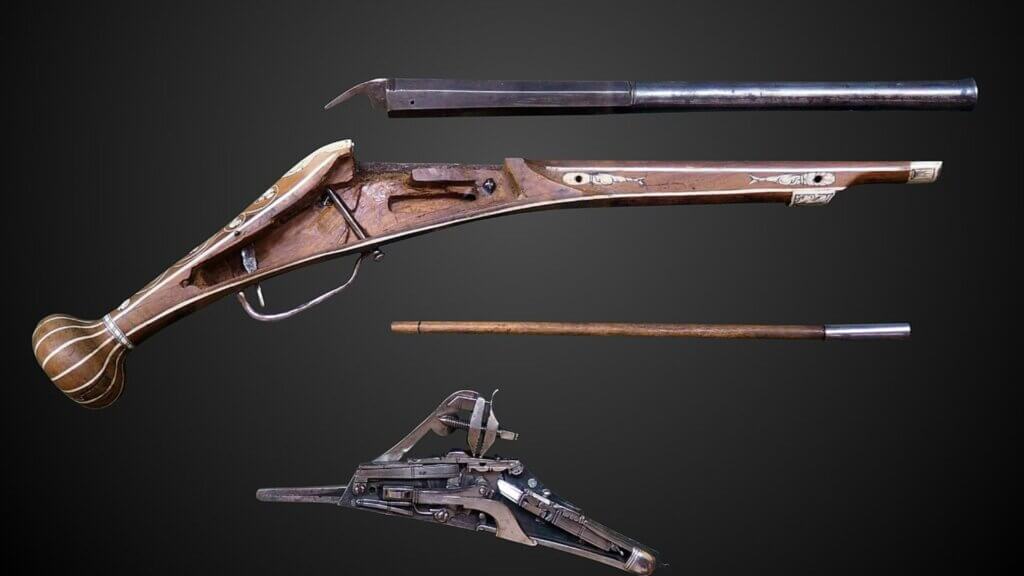
Dating techniques, including radiocarbon analysis and contextual archaeological layers, date the gun to the mid-16th century. That makes it nearly 480 years old. No gunpowder residue was found in the barrel, suggesting it was never fired at that site. The lack of ammunition or shot nearby also supports the theory that it was abandoned rather than used.
Abandonment Theory
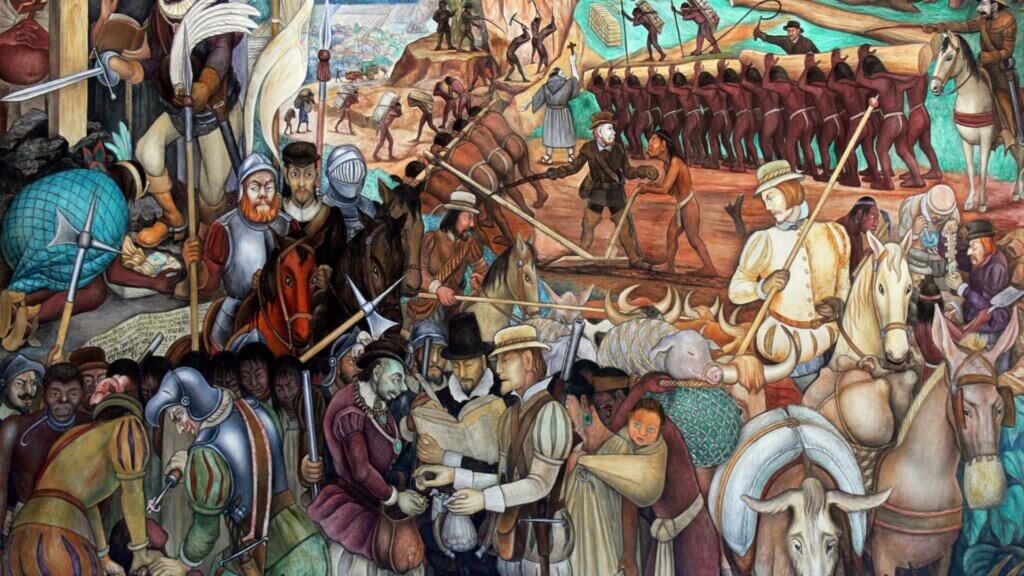
Scholars theorize the weapon may have been abandoned in repsonse to conflict with Indigenous groups. Early resistance from the Sobaipuri O’odham may have forced Spanish colonists to flee, leaving equipment behind. Because the structure remained buried and sealed under debris, it preserved the gun impressively.
Archaeological Importance
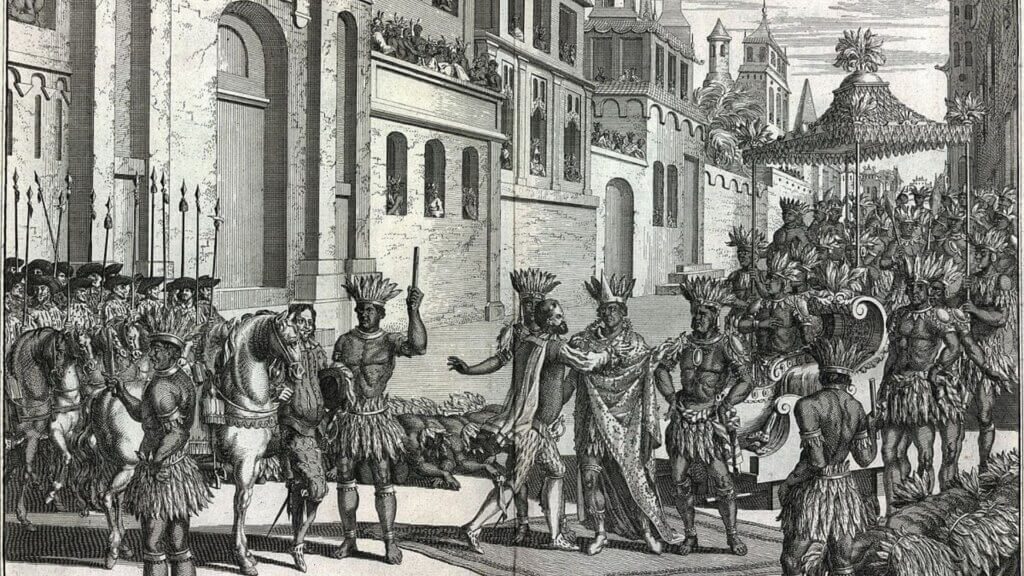
This find is significant because it’s the first firearm directly tied to Coronado’s expedition in North America. It deepens our understanding of how Spanish colonial arms were deployed during this time. It also challenges assumptions about how early firearms were used (or not used) in remote colonial outposts.
Preservation Conditions

The adobe and stone walls, along with accumulated sediments, helped protect the gun for centuries. The barrel’s interior is remarkably intact, with little corrosion. The stable environment of the site prevented deterioration that often ruins early firearms.
Material Analysis
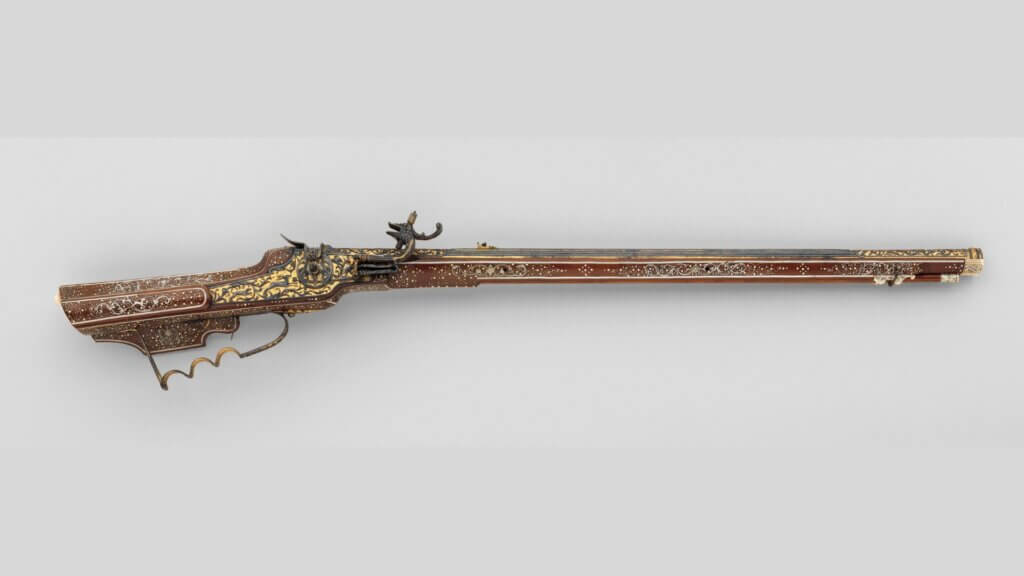
Compositional study shows the gun is made of bronze, which was typical for high-quality Spanish arms of the era. Experts are comparing its structure and casting technique to European and New World examples.
What it Tells us About Spanish Colonialism
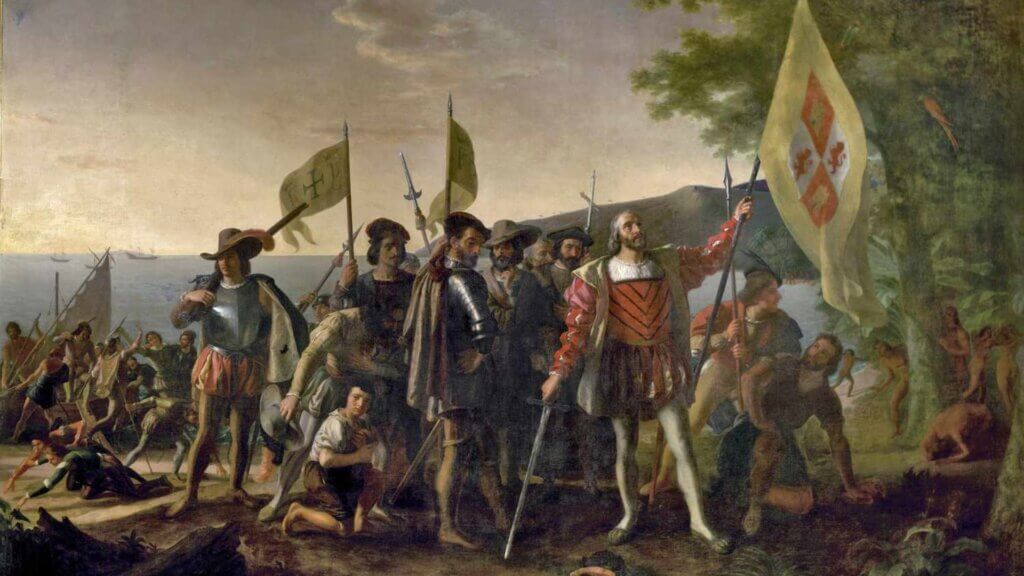
This discovery may reshape how historians view the Spanish presence and military logistics in early North America. It suggests that more arms were transported farther than previously assumed, and that there are likely more awaiting discovery. It also raises questions about interactions between colonists and Indigenous communities on early frontiers.
Conclusion
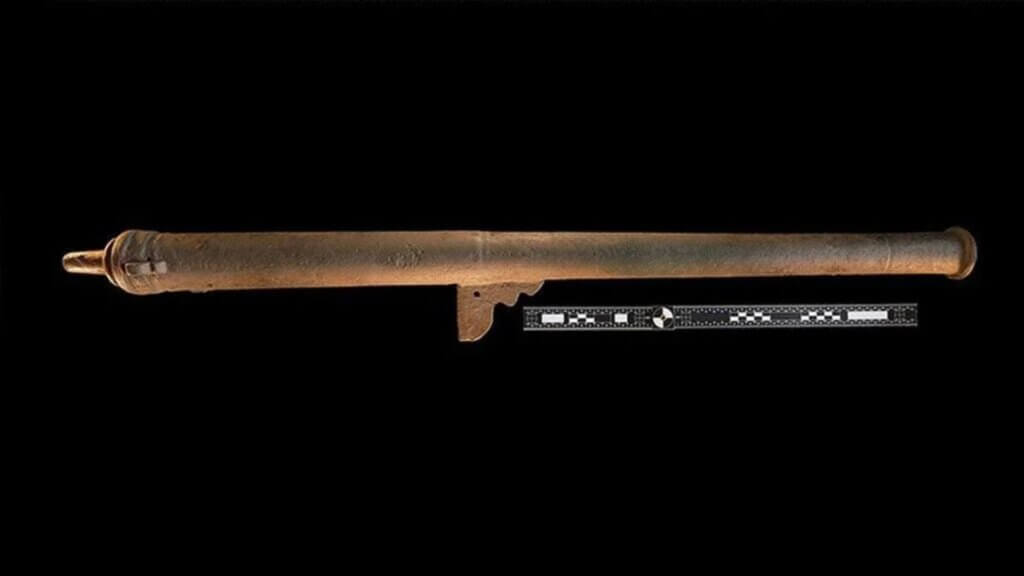
The unearthing of a nearly 500-year-old gun in Arizona is an exciting reminder of how much we have to learn about early colonialism in the continental United States. As experts study the weapon more closely, we may learn new stories about exploration, conflict, and colonial ambition.

